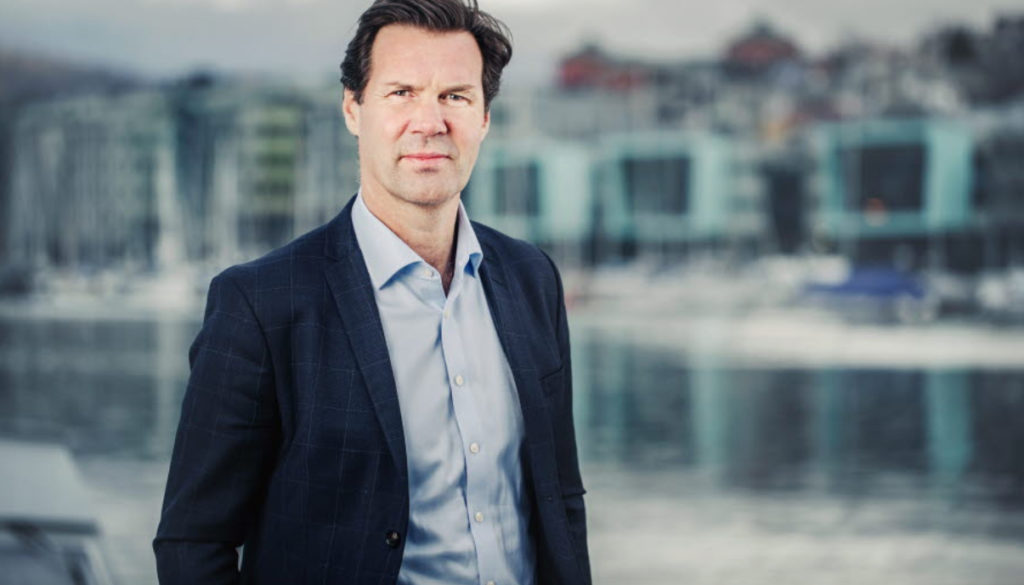Opposition is growing in the salmon industry to the Norwegian government’s revision of the “traffic light system” that sets the rules under which aquaculture development is permitted.
The chief executives of both Mowi and Leroy Seafoods, Ivan Vindheim and Henning Beltestad, respectively, have come out publicly against the proposals.
They say the new plan will do nothing to create investment or increase jobs on the coast.
However, the government disagrees, saying the reformed system will lead to more value creation and improved export earnings.
The revised system is based on scientific modeling of how sea lice populations affect wild salmon. The original traffic light system divided the Norwegian coast into zones or areas based on the estimated risk to wild salmon presented by the fish farms and the sea lice numbers associated with them.
Under the proposed changes, two coastal areas have been designated as “red light”, meaning production cuts will be required, while six have been given “yellow light” status, meaning no increase in production.
Six areas have been given “green lights” allowing the increase of salmon farming.

Ivan Vindheim, CEO, Mowi
Norway’s traffic light scheme has been controversial from the start. Two years ago, a group of salmon companies unsuccessfully appealed against the first plan in one area, arguing that it would be intrusive and damage their businesses.
The current government is concerned that the number of salmon lice in Norway is increasing, which is why it has brought in a revised scheme.
The new scheme, covering this year and part of 2025, will allow the industry to grow by around 6%.
The growth will be allocated in two rounds, first with a portion at a fixed price, and then the rest by auction.
Some industry experts, however, argue that the method will have little effect on salmon lice and say that other measures are needed.

Henning Beltestad, CEO Leroy Seafood


